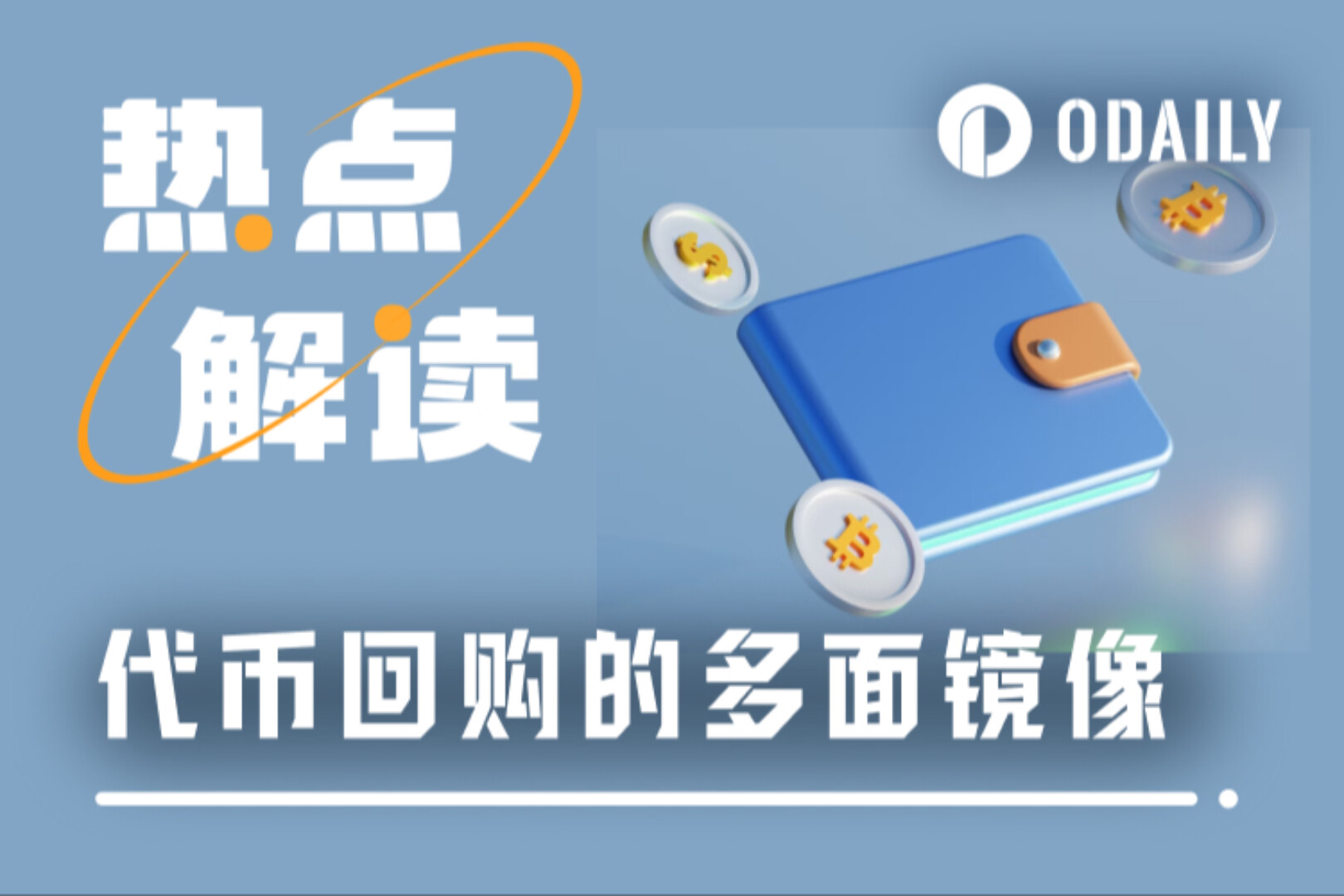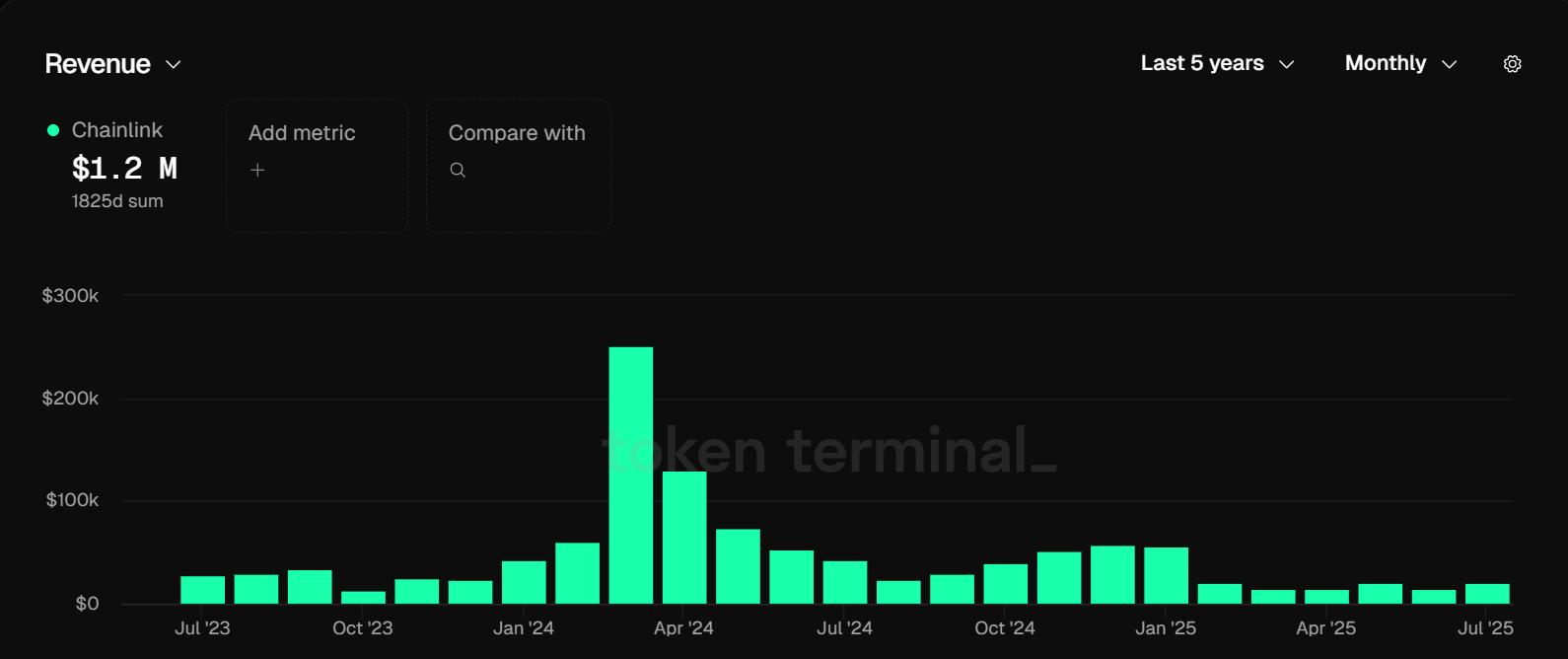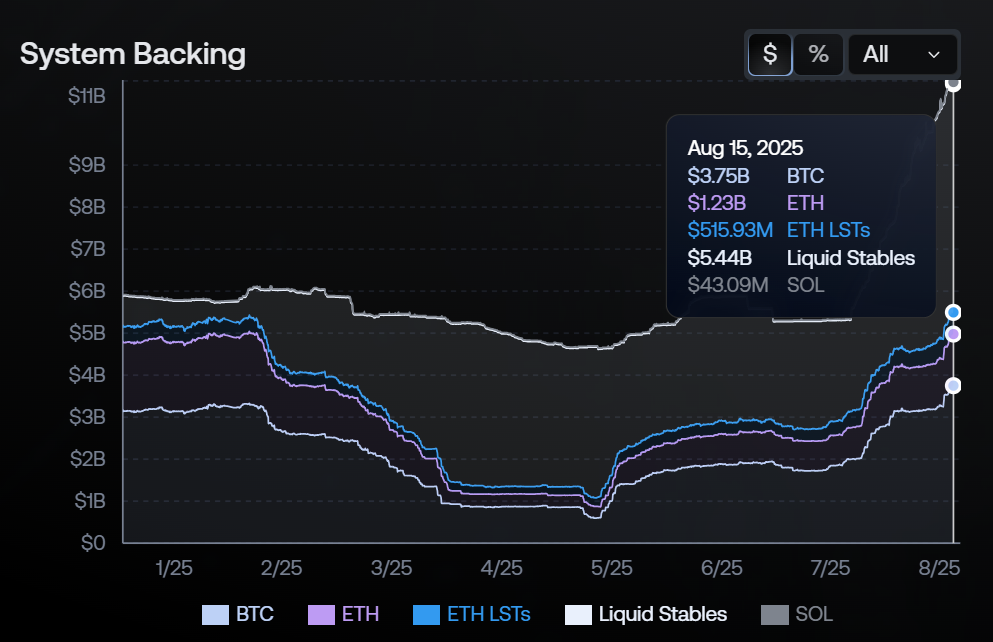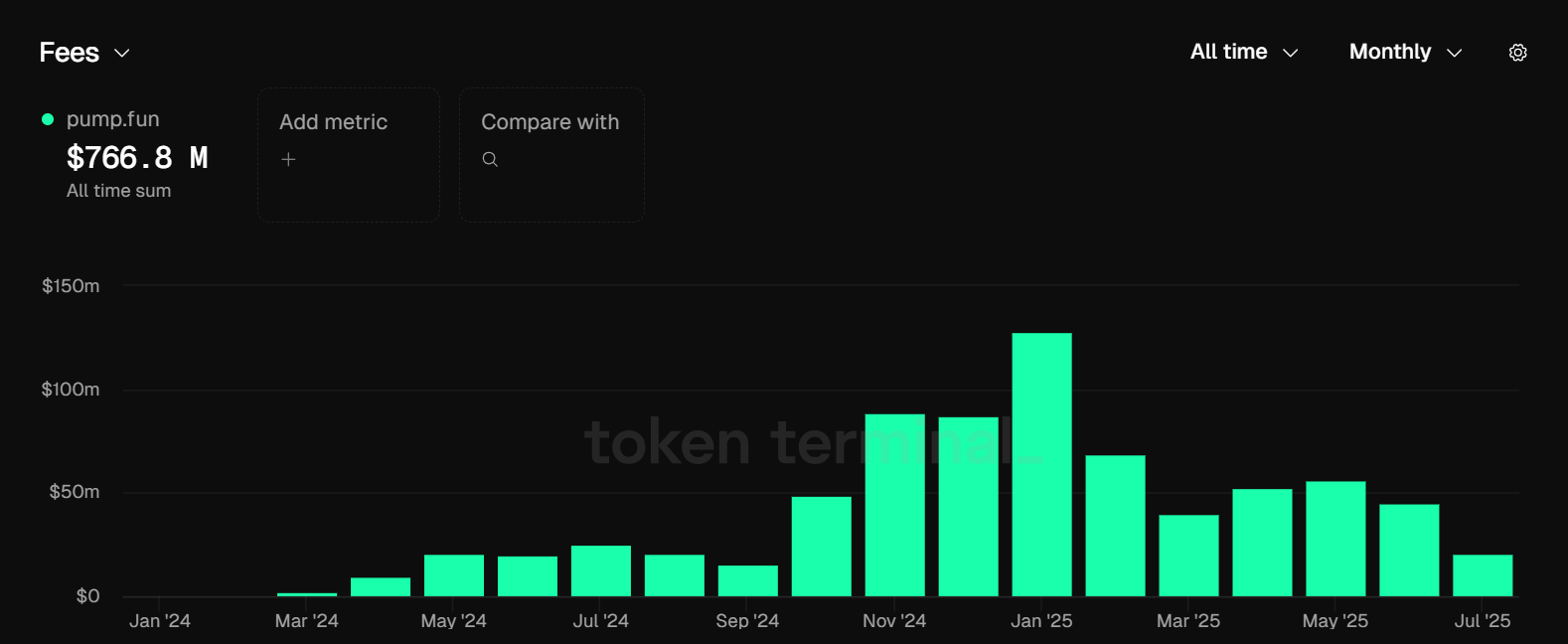Original | Odaily Planet Daily (@OdailyChina)

The cryptocurrency market in 2025 is experiencing a new wave of prosperity. Bitcoin has surpassed the $120,000 mark, and Ethereum is just a step away from its historical high. This round of market activity is driven not only by the enthusiasm of crypto natives but also by the orderly entry of more traditional financial capital. A massive influx of liquidity has turned Bitcoin and Ethereum into natural reservoirs, where funds settle but are difficult to overflow naturally.
For projects lacking direct access to traditional capital channels, this is a feast but also a selection process. How to attract capital's attention under the siphon effect of Bitcoin and Ethereum has become a survival question they must face. Over the past month, an increasingly strong consensus has spread among altcoin projects: to gain market confidence through token buybacks and reserve funds.
The logic of token buybacks is not complicated: reduce circulating supply, increase scarcity, thereby driving prices up or stabilizing them. It is a direct utilization of supply and demand relationships and also a signal to the market from the project direction—“we are optimistic about ourselves.” In terms of funding sources, buybacks may utilize protocol revenue, financing funds, or existing reserves, and execution methods include direct purchases in the open market, buybacks in on-chain liquidity pools, or even destruction.
However, buybacks are never a panacea. Transparency, execution strength, and funding sources will determine the market's reaction temperature. Some projects may spark controversy or even lead to price declines due to opaque buyback plans or failure to fulfill promises.
A month ago, Odaily Planet Daily pointed out in “From Growth Illusion to Cash Flow Reality: When Buybacks Become the Collective Narrative of Altcoins” that under the survival narrative, projects with cash flow are more likely to survive long-term. Now, although market sentiment seems to have shifted from sluggish to exuberant, the narrative dilemma of altcoins remains. How to break through the wave through buybacks tests the strategic vision of project teams.
Typical Case: A Multifaceted Picture in the Buyback Craze
Here are several recent notable buyback cases that showcase different projects' strategies and effects in token buybacks.
Chainlink (LINK): Protocol Revenue Feeding Back into the Token Ecosystem
On August 7, Chainlink announced the launch of Chainlink Reserve, which directly converts enterprise integration and on-chain service fee revenue into LINK token reserves to support the network's long-term development. Co-founder Sergey Nazarov stated that the project has currently generated hundreds of millions of dollars in revenue, most of which comes from large enterprises. The reserve account accumulated over a million dollars in LINK upon launch.
The core of this model lies in bringing real external revenue into the token ecosystem, forming a closed loop, similar to traditional companies' “profit buyback of stocks,” but this time the target is on-chain assets. As a decentralized oracle network, Chainlink is a key infrastructure for DeFi, with protocols like Aave, Compound, and Uniswap relying on its price data to trigger liquidations and calculate collateral values. Collaborations with traditional financial giants like JPMorgan, SWIFT, and Fidelity further strengthen its bridging role between TradFi and blockchain. The 2025 White House Digital Asset Report specifically highlights its strategic value in the stablecoin and tokenized asset sectors.
The greatest significance of this buyback is not in short-term price fluctuations but in it is the first time that LINK tokens are directly tied to protocol revenue—token holders finally have a quantifiable value support path. In the past, LINK's market value primarily relied on the narrative of “infrastructure scarcity,” but now it has added a logical chain of “cash flow feeding back.”
However, the effectiveness of the buyback still depends on network usage. If Chainlink's network usage is insufficient, revenue may not support large-scale buybacks, affecting effectiveness. According to data from tokenterminal.com, Chainlink's current monthly revenue hovers around $20,000; even if all of it were used for token buybacks, the annual revenue would only be $2.4 million, which may have a negligible actual impact on the protocol.
However, on August 14, Chainlink's strategic reserve Chainlink Reserve added 44,109.76 LINK, with a new value of $1.03 million, bringing the total to 109,661.68 LINK, with a total value of $2.55 million. There may be some discrepancies between the data presented and actual operations, and it is currently unknown what proportion of this operation's amount is from Chainlink's protocol revenue, so it is not yet possible to accurately assess the actual impact of establishing LINK reserves on the project itself.
However, psychologically, investors may view this “long-term” buyback as a safety margin. Ultimately, whether it can break the long-standing “value transmission gap” of LINK will depend on whether the actual usage of the oracle network can continue to expand.

Ethena (ENA): The Buyback Shockwave Behind Financing Tsunami
On July 21, Ethena Labs announced a $360 million PIPE (Private Investment in Public Equity) deal with stablecoin issuer StablecoinX, which plans to list on Nasdaq under the ticker “USDE” (the same name as Ethena's stablecoin USDe). Meanwhile, the Ethena Foundation announced the launch of a $260 million ENA token buyback plan, stating that it would invest about $5 million daily over the next six weeks to establish ENA reserves. If the entire $260 million were used for buybacks at the current price of $0.73, the number of tokens bought back could reach 356 million, accounting for about 5% of its circulating supply. The Ethena Foundation stated that from July 22 to July 25, its subsidiary had repurchased 83 million ENA through a buyback plan initiated by third-party market makers in the open market.
Ethena's core product, USDe, is a synthetic dollar achieved through a Delta-neutral strategy, aiming to maintain a 1:1 value peg with the dollar without relying on traditional banks or centralized reserves. The project's operational logic requires using on-chain crypto assets (like ETH, BTC) as collateral while establishing equivalent short positions in the derivatives market to hedge against price volatility risks. This design not only requires the project team to have rich connections and strong execution capabilities but also reflects the project's potential strategic value—as evidenced by its rapid rise after the product launch.
The scale of assets locked within the current protocol is growing rapidly, with the supply of Ethena's stablecoin USDe surpassing $10 billion, reaching $10.98 billion, second only to centralized stablecoins USDT and USDC, becoming a dark horse that disrupts the stablecoin market landscape.

The funding for this round of ENA buybacks comes from financing proceeds. Although the scale of $260 million is not enough to fully support market prices, the short-term positive signals released should not be underestimated. On the other hand, StablecoinX's listing on Nasdaq under the “USDE” ticker will directly establish a brand association with Ethena's synthetic dollar USDe, potentially bringing unexpected brand endorsement and institutional traffic to Ethena. For a stablecoin issuer, this is a pass to open the doors of Wall Street, while the token buyback becomes a strategic means to boost market confidence while the iron is hot.
BounceBit (BB): High-Rate Buybacks in the CeDeFi Testing Ground
On August 5, BounceBit announced a collaboration with Wall Street asset management giant Franklin Templeton to launch a new product, BB Prime, integrating its tokenized money fund and combining basis arbitrage with treasury yields to create a typical CeDeFi structured product. For BounceBit, this is not only a product iteration but also an enhancement of traditional financial lineage. Meanwhile, the team launched a token buyback plan supported by over $10 million in protocol revenue to strengthen the long-term value support of BB tokens.
BounceBit's main business is Bitcoin restaking—layering DeFi's transparency and composability on top of the compliance and yield structure of CeFi, allowing BTC holders to gain more diversified yield scenarios, occupying a unique position in the crypto industry.
A week later, BounceBit disclosed on the X platform that it had repurchased 8.87 million BB from the open market, valued at approximately $1.16 million, and plans to continue using an annualized protocol revenue of about $16 million for buybacks. If fully implemented, based on the current price ($0.118), the buyback scale could reach 135 million BB, accounting for about 20% of the total circulating supply.
Although the absolute value of the buyback funds is not huge, the percentage (20% of circulating supply) appears very aggressive. However, the ultimate effect of the buyback still depends on whether the overall exuberance in the crypto market can be sustained and whether it can be transmitted to the BounceBit project.
Story (IP): The Dislocation of Financing Benefits and Price Reversal
On August 11, Nasdaq-listed Heritage Distilling announced the completion of a $220 million financing round, led by well-known crypto investment institutions such as a16z crypto, Amber Group, and Arrington Capital, and jointly launched a $360 million IP token reserve plan with the Story Foundation. Among them, Heritage will receive 52.4 million IP tokens and lock them for the long term, while the Story Foundation will use $82 million to fully repurchase an equivalent amount of IP within 90 days.
From the perspective of capital structure, this is a16z's first involvement in the digital asset strategic allocation of a publicly listed company, and it is also a rare case of the lowest market capitalization Nasdaq-listed company introducing a crypto token reserve. For Story, an AI-driven decentralized content ecosystem, this should have been a narrative-level leap—large financing scale, strong institutional lineup, and clear reserve commitments.
However, the market reaction was unexpected. After the announcement, the price of the IP token dropped from $7.1 to around $5.5. There were rumors that the financing cost was leaked and significantly lower than the secondary market price, leading to a collapse of confidence, but this news has not been officially confirmed. This also reflects a core contradiction: if the buyback plan is interpreted by the market as “institutions entering at a low price,” it may instead become a catalyst for selling pressure.
pump.fun (PUMP): Revenue-Driven Buybacks and Transparency Crisis
As a former leader in the meme coin launch platform, pump.fun issued its platform token PUMP on July 12 after being surpassed by LetsBONK.fun, attempting to rebuild its moat through fee discounts, staking rewards, and community incentives. However, PUMP lacks clear governance rights, staking yields, or fee-sharing mechanisms, and coupled with rapid sell-offs from whale wallets post-ICO, the price came under pressure.
Faced with significant selling pressure, pump.fun launched a buyback plan totaling $30.53 million. The buyback funds come from platform trading fees (1% trading fee), with 35% allocated for PUMP token buybacks.
The first round of buybacks on July 16 was valued at approximately $2.1 million, and to date, the PUMP buyback address has accumulated PUMP tokens worth $6.68 million, of which about $5.72 million worth of tokens have been transferred to Squads Vault.
The issue lies in transparency. Previously, there were market rumors that pump.fun would increase the buyback ratio of PUMP tokens, using 100% of daily revenue for buybacks. After tracking this matter, Dumpster DAO reminded the community to cautiously monitor on-chain data, as pump.fun has only used 100% of its revenue for one day to buy back tokens. Although pump.fun previously packaged 100% of its revenue for token buybacks, it did not execute it all, leading to reasonable suspicion that they are misleading on-chain observers. Furthermore, these tokens have never been destroyed or transferred anywhere, and due to the lack of any official communication or reliable buyback system, there is no reason to believe this situation will continue.
Despite a noticeable decline in pump.fun's current revenue, monthly income can still reach around $20 million. If the aforementioned 35% buyback ratio is applied, the monthly buyback amount could reach $7 million. For a buyback model reliant on platform revenue, the core test is not the amount but the stability and verifiability of execution. If transparency is lacking, even abundant revenue will struggle to genuinely boost investor confidence.

Lista DAO (LISTA): Hard Destruction and Economic Structure Optimization
On August 14, Lista DAO announced that the LIP-021 proposal was approved, which will permanently destroy 20% (i.e., 200 million) of LISTA tokens and adjust the protocol revenue distribution mechanism. This reduces the maximum supply of LISTA from 1 billion to 800 million, creating a direct benefit in terms of scarcity logic.
Lista DAO focuses on its over-collateralized stablecoin lisUSD and native governance token LISTA, aiming to provide users with decentralized financial services such as lending, staking, and liquidity mining.
Compared to other cases of “revenue-driven buybacks” or “financing buybacks,” Lista's approach is a hard reduction of supply. Additionally, the proposal cancels the previous mechanism that fixed 40% of protocol revenue for token buybacks, instead flexibly allocating this portion of revenue to veLISTA holders (users who lock LISTA to gain voting rights) and the DAO's operations and ecological development. This means that LISTA holders will gain more direct rights to benefits, while the DAO will have more flexibility in fund usage.
This mechanism is more likely to create positive price expectations in the short term, but its long-term effect still depends on the market penetration of lisUSD and whether protocol revenue can continue to grow.
Bonk (BONK): Dual-Track Strategy and Trust Test
On July 24, LetsBONK announced that it would use 1% of its total revenue to buy back top tokens within the BONK ecosystem, with the related funds coming from the team's marketing fund, and buyback operations would be executed weekly. According to its data from that day, LetsBONK generated approximately $1.5 million in fees over the past 24 hours, which would provide $15,000 for this round of buybacks. If calculated based on this data, the monthly buyback amount could reach $450,000.
LetsBONK.fun is a meme launch and trading platform based on Solana, developed in collaboration with the BONK community and decentralized exchange (DEX) Raydium, officially launched on April 25, 2025. After its launch, the platform quickly rose, surpassing the then-industry leader Pump.fun in July 2025, becoming the largest meme coin issuance platform on Solana. On August 5, BONK announced on the X platform that it had destroyed 300 billion BONK tokens generated from the protocol fees of LetsBONK.fun, amounting to approximately $8 million.
However, the execution process was also accompanied by controversy. On July 25, the Bonk project team tweeted that they had bought back and destroyed 500 billion BONK (worth about $18.47 million). However, half an hour later, 510 billion BONK were transferred from GalaxyDigital to Binance and Coinbase. After this news broke, BONK dropped by 10%.
On August 11, Nasdaq-listed company Safety Shot announced a strategic alliance with Bonk's founding contributors to launch a BONK treasury strategy. It is reported that the company will receive BONK tokens worth $25 million in exchange for issuing convertible preferred shares worth a total of $35 million.
For BONK, the current protocol is in a period of rapid development, and the considerable protocol revenue gives it a certain competitive edge. However, the dual-track model of destruction and buyback can create scarcity expectations at the narrative level, but in an era where on-chain transactions can be monitored in real-time, any opacity in fund flows will quickly translate into trust risks.
Summary: Buybacks are a Tool, Not a Talisman
Whether driven by financing, revenue feedback, or one-time destruction, the market effect of buybacks is built on execution capability, transparency, and funding sustainability. For investors, the key is not just to see the words “buyback,” but to ask three questions: Where does the money come from? How long will it last? Has the circulating supply truly been reduced? The answers to these three questions determine whether the buyback plan becomes a foundation for price support or a short-term narrative being exploited. Only when the source of funds is solid, the execution chain is transparent, and the supply is indeed contracted can buybacks become a long-term tool to navigate emotional cycles.
免责声明:本文章仅代表作者个人观点,不代表本平台的立场和观点。本文章仅供信息分享,不构成对任何人的任何投资建议。用户与作者之间的任何争议,与本平台无关。如网页中刊载的文章或图片涉及侵权,请提供相关的权利证明和身份证明发送邮件到support@aicoin.com,本平台相关工作人员将会进行核查。




